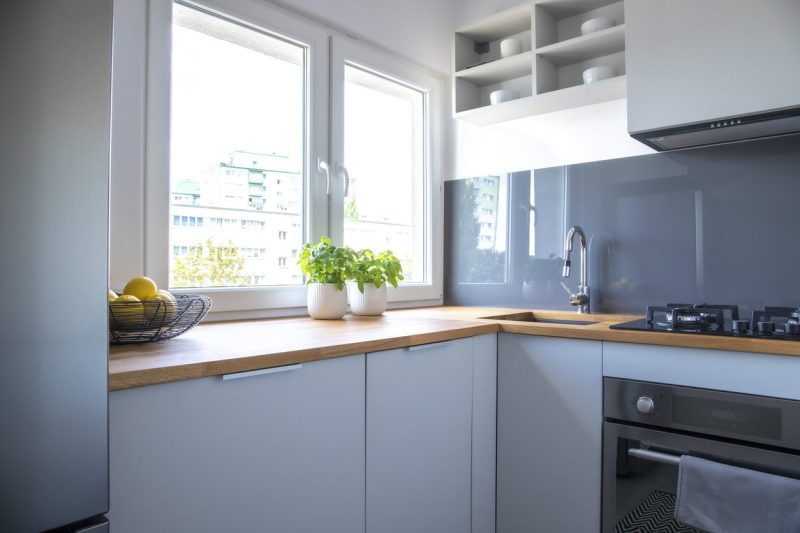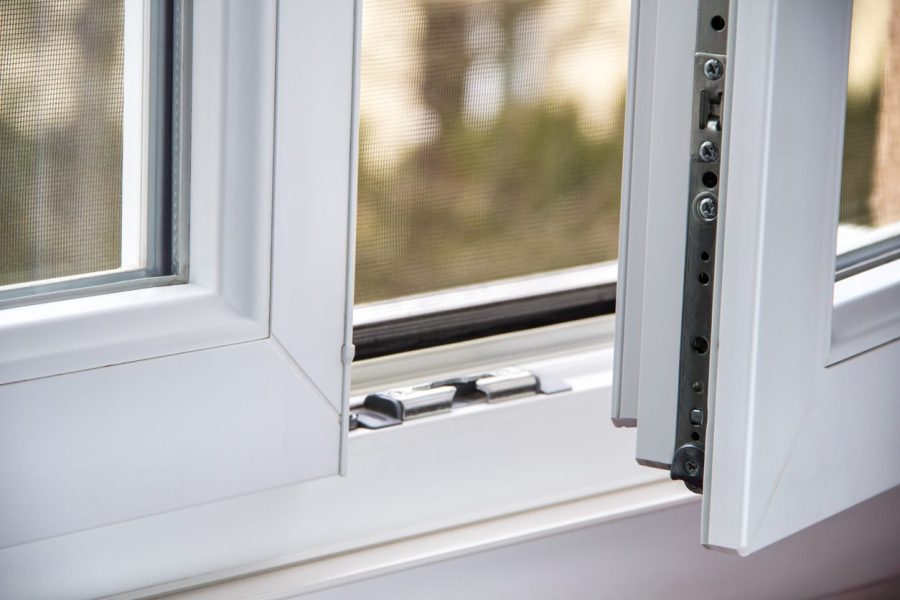Casement windows are a favourite window option for the majority of UK property owners. Their frequency appearing on specification lists is due to their ability to suit almost all architectural styles, from classic to contemporary. Today we are discussing the pros and cons of casement windows to help you in your renovation or new build decisions.
What is a casement window?
Casement windows were used long before sash windows ‘hit’ the market. The category “casement” refers to a window with hinges attached at the side, top or bottom. It can swing or tilt inwards or outwards. It can also be a fixed pane.
Traditionally, they opened inwards, but latterly they opened outwards to maximise interior space and funnel fresh air inwards more effectively.
What are the pros and cons of casement windows?
There is a lovely diversity of windows on the market, such as sash windows, sliding windows (which can include folding and tilting), gable windows and bay windows. The primary factors in selecting the most suitable option for your building boils down to:
- The functionality
- The aesthetics
- The aperture required for them
Casement vs sash options

If you want a variety of opening options, then a casement window easily outperforms a sash window.
A sash option is made of two glazing plus frame panels. The top panel slides downwards on a concealed track, and the bottom panel can usually slide upwards. Some options allow both sections to be opened at the same time.
A casement option functions more efficiently with capturing passing breezes and directing them inwards if the opening function is set to open outwards. Sash windows don’t have that option.
The sash window look usually suits a specific classical style and may be required by some councils on heritage grounds. You can get custom casement windows made that look like a sash window but operate like a casement window.
Sash windows are also more limited in size than casement windows.
When it comes to waterproofing, traditional sash windows are notorious for leaking due to their inherent structure. Casement windows are substantially more watertight than a sash window. In order for the sliding methodology to work, it is structurally necessary to have a small gap between the two panes. Not only does this “open” the window up to water ingress but also draughts, thermal loss and faster weathering. Sash windows were most likely behind the invention of the wingback chair to protect one’s neck from draughts.
As the sash window ages, so the problem of water and air ingress increases and the loss of heated or cooled air.
A mock sash window custom-made from a casement window is definitely a better option.
Casement vs sliding options
The sliding option operates like a horizontal sash in that one pane will pass in front or behind the other pane by sliding along a track. In the industry, the word ‘sliding’ indicates that it is a sideways slide and not a vertical sliding action.
Material choices
Casement windows can be sourced in a variety of materials which is also useful when you are trying to get a homogenous colour scheme arranged for your property. You can usually select from:
- Aluminium (coated)
- uPVC
- Timber
- Steel
Obviously, your selection of size, functionality, style and materials will impact the pricing, maintenance requirements and lifespan.
What configurations are available?
Casement windows can be custom-made in a huge diversity of sizes and shapes. This makes them very versatile for a variety of homes and offices.
Side hung – This window will have two or more hinges (size dependent) attached to one of its side uprights. It can open inwards or outwards.
Top hung – This configuration will have its hinges installed along the top horizontal and also open inwards or outwards. Outward opening is particularly useful on rainy days. You can mix different opening options together, e.g. top hung with a side hung. A side hung window funnels more fresh air into your interior than a top hung window, but when you need air on a humid, rainy day, top hung will win hands down. Top hung windows are very popular in bedrooms, while side hung windows are popular in living rooms, reading rooms and kitchens.
Fixed pane – As the name suggests, this is a non-opening window. This could be, for example, the top pane of a mock sash, custom window.
What styles are available?
Traditional – This style is a great option for maximising your view as it does not have a central, vertical post against which the windows close, so the entire aperture is free of structure when opened. It is often called French casement windows. They are frequently finished in a wood-look even when the frame is aluminium. A classic home design would usually specify smaller glazing panes per frame and is sometimes called ‘cottage’.
Contemporary – A contemporary design will always aim for the least amount of posts and mullions to turn every window into a ‘picture’ window. Simple, sleek and minimalist define this style.
Georgian – A Georgian property will have sash windows specified, and a casement window can be used for this style by adding additional mullions and bars. By using this ‘conversion’, you can add some high-tech solutions to your heritage property like noise and thermal insulation.
Bespoke design – When it comes down to new windows for your property, window manufacturers can pretty much do whatever an architect asks them to do style-wise. Size, shape, opening methodology, degree of thermal and sound insulation, colour, finish, etc. are all customisable.
You can specify casement windows that are one metre wide and 1.8 metres tall (for side hung configurations) or 1.5 metre square windows for top hung configurations. Let your architect discuss your specific needs with us, and we will make it happen.
Insulation Options
Casement windows are the type of windows that form the basis for double and triple glazing solutions. Their closing methodology enhances the thermal and noise barriers created by the glass panes and air pockets. The air pockets are also filled with argon gas to increase the insulation performance dramatically. Some windows also use krypton gas, but its price can be prohibitive, and the return on investment versus the additional insulation achieved does not necessarily justify its use.
The Clydebuilt Home Improvements experts are at your disposal for discussing the pros and cons of casement windows for your property. Contact us for a free quotation for casement windows for your property.
 " alt="Pros and Cons of Casement Windows">
" alt="Pros and Cons of Casement Windows">